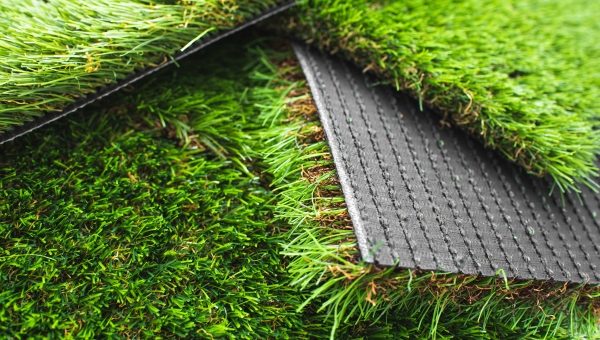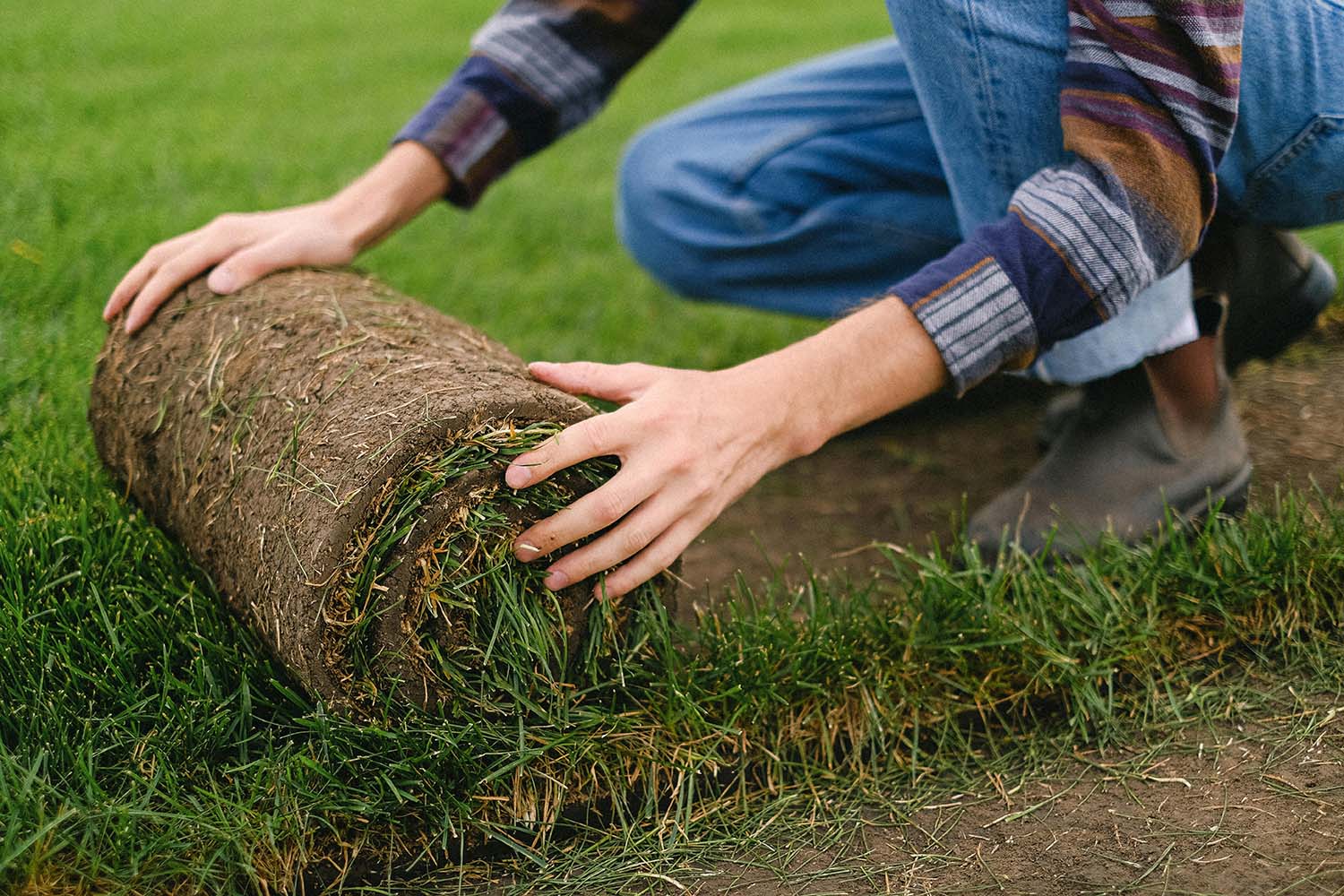Discover the Top Artificial Turf Companies Phoenix for Your Home or Commercial Space
Discover the Top Artificial Turf Companies Phoenix for Your Home or Commercial Space
Blog Article
Delve Into the Environmental Perks of Opting for Artificial Grass Solutions
The adoption of man-made grass solutions presents an engaging possibility to attend to pushing ecological obstacles. By considerably decreasing water usage and minimizing the application of harmful chemicals, these alternatives not just promote lasting landscaping yet likewise secure regional communities.
Water Preservation Advantages
One of the most considerable benefits of synthetic grass is its capability to conserve water. Traditional grass lawns need substantial irrigation, particularly in locations susceptible to drought or water restrictions. On the other hand, man-made grass does not need watering, substantially decreasing the total need for water sources. This function is particularly useful in dry regions where water shortage is a pushing issue.
By eliminating the requirement for routine watering, synthetic lawn contributes to lasting landscape methods and helps reduce the ecological influence of excessive water usage. The conservation of water expands to the decrease of overflow, which can lead to dirt erosion and waterway pollution.
In addition, the installment of synthetic grass allows house owners and districts to allocate water resources much more successfully, concentrating on vital usages such as drinking water and farming. The change in the direction of synthetic grass not only advertises accountable water usage yet also aligns with wider ecological objectives focused on maintaining natural deposits.
As communities increasingly focus on sustainability, the water conservation benefits of synthetic grass offer a compelling case for its fostering in commercial and domestic landscaping projects.
Lowered Chemical Usage
The transition to fabricated turf substantially decreases the reliance on chemical therapies typically used in all-natural grass maintenance. Conventional turf management commonly involves the application of herbicides, plant foods, and chemicals to advertise growth and control insects. These chemicals can position risks to human health and wellness, neighborhood wildlife, and the setting, adding to soil and water contamination.
In contrast, synthetic grass gets rid of the demand for these hazardous materials. By reducing the release of artificial substances into the ecological community, artificial grass promotes much healthier soil and water systems.
Moreover, the absence of chemical drainage connected with artificial grass installations aids safeguard neighborhood rivers from contamination, sustaining water life and preserving biodiversity. Arizona turf. As communities increasingly focus on lasting methods, choosing for synthetic turf offers a sensible solution that aligns with environmental preservation goals. Via this shift, home proprietors can enjoy rich environment-friendly areas without endangering ecological health, leading the means for a more lasting future
Lower Carbon Impact

Moreover, the installment of man-made grass can lead to considerable water conservation. Natural yards call for considerable amounts of water for irrigation, which not only contributes to the carbon impact related to water extraction and treatment but likewise pressures local water resources. On the other hand, artificial turf needs marginal maintenance, needing no watering, thereby dramatically lowering water usage and its connected power prices.
In addition, the longevity of man-made lawn adds to its decreased carbon effect. With a lifespan of approximately 15 years or more, the need for constant substitutes is lessened, leading to less waste and lower energy consumption in manufacturing and getting rid of conventional turf alternatives. On the whole, synthetic turf presents a lasting choice for environmentally conscious landscaping.
Habitat Conservation
Environment conservation is a vital consideration in the debate over landscaping choices, particularly when comparing synthetic grass to natural turf. Natural grass yards frequently need substantial upkeep, including using herbicides, chemicals, and plant foods, which can detrimentally affect regional communities. These chemicals can seep right into the dirt and you could check here waterways, hurting native flora and fauna and interrupting neighborhood habitats.
In contrast, fabricated lawn presents an opportunity to reduce the ecological footprint of landscape design. By deciding for artificial grass, house owners can minimize the disruption of natural habitats associated with traditional grass care techniques. Synthetic grass eliminates the demand for hazardous chemicals, consequently safeguarding neighboring wildlife and maintaining the integrity of surrounding communities. The installment of synthetic lawn can lead to the conversion of previous yard areas right into more biodiverse landscapes, such as pollinator gardens or native plant locations, which can support local wild animals.
Ultimately, the shift to artificial turf not only preserves water and minimizes upkeep efforts yet also fosters a much more harmonious my latest blog post partnership in between human activities and the natural atmosphere, promoting habitat conservation while doing so.
Long-Term Sustainability
Lasting sustainability is a critical consider evaluating the benefits of synthetic grass over standard yard lawns. Among the most significant advantages of fabricated lawn is its longevity; it can last as much as 15-20 years with very little upkeep, whereas all-natural turf requires regular reseeding and replacement. This durability reduces the need for continuous sources, such as water, plant foods, and pesticides, which are crucial for maintaining a healthy turf lawn.
Furthermore, artificial turf adds to a decrease in carbon discharges associated with lawn care equipment. Standard grass usually require gas-powered mowers, leaners, and blowers, all of which add to air contamination. Artificial turf companies phoenix. In comparison, synthetic grass eliminates the need for such tools, advertising a cleaner atmosphere
Moreover, the production of synthetic grass progressively makes use of recycled materials, boosting its sustainability account. As suppliers adopt green techniques, the ecological footprint of synthetic grass continues to lessen.

Verdict
The fostering of synthetic grass solutions provides significant ecological benefits, including significant water conservation, minimized dependence on hazardous chemicals, and a reduced carbon impact. Synthetic grass help in maintaining natural environments by minimizing land disturbance and advertising long-term sustainability via the use of long lasting materials. Jointly, these variables underscore the possibility of synthetic grass to contribute favorably to ecological health and wellness and use a practical choice to traditional landscape design practices in an increasingly resource-conscious world.
In contrast, artificial grass does not need watering, considerably decreasing the overall demand for water sources. By decreasing the launch of artificial substances right into the ecological community, fabricated turf advertises much healthier dirt and water systems.
In addition, the installment of man-made grass can result in significant water preservation. In contrast, man-made grass requires very little upkeep, calling for no watering, thus considerably minimizing water usage and its connected energy costs.

Report this page